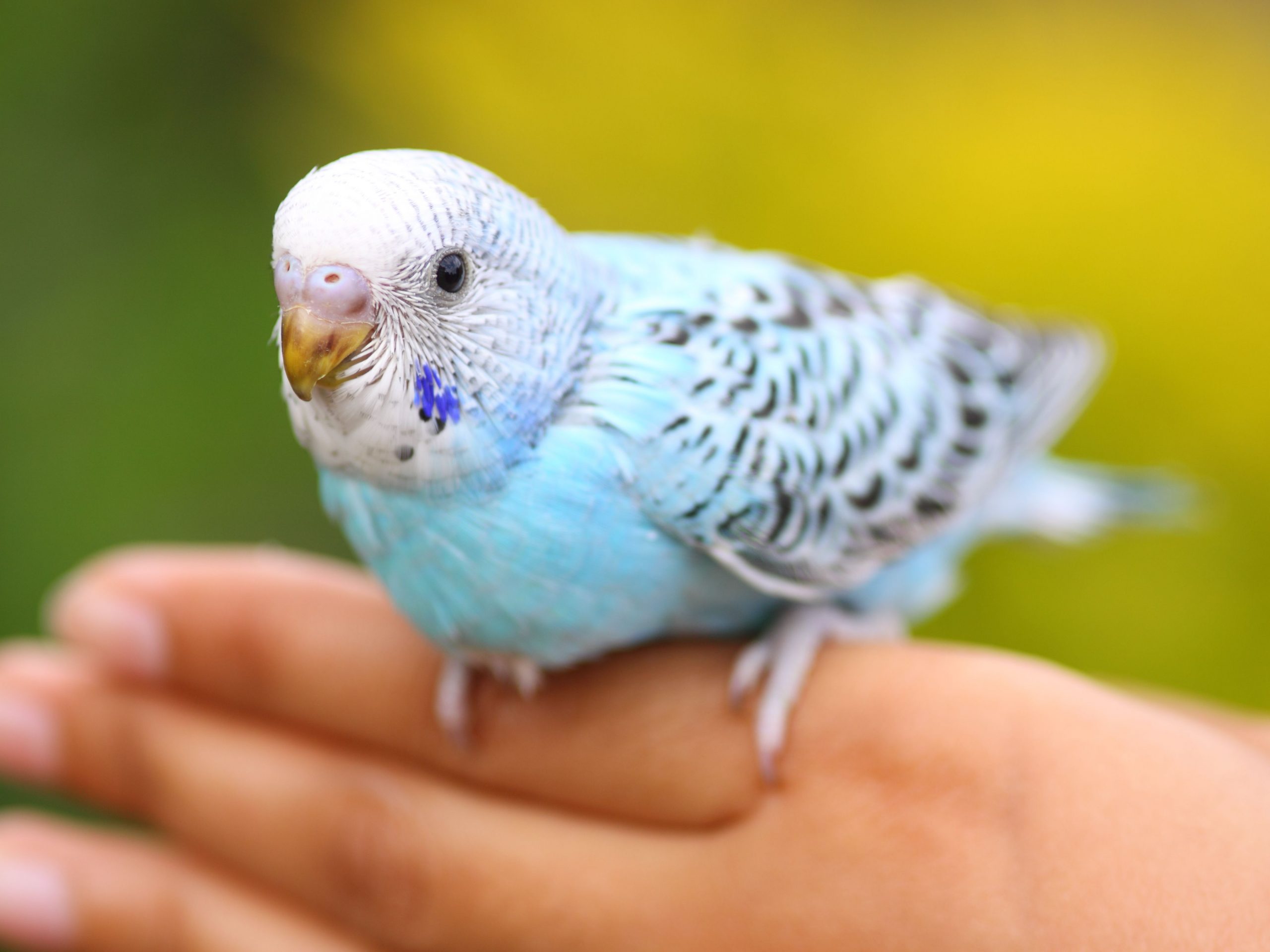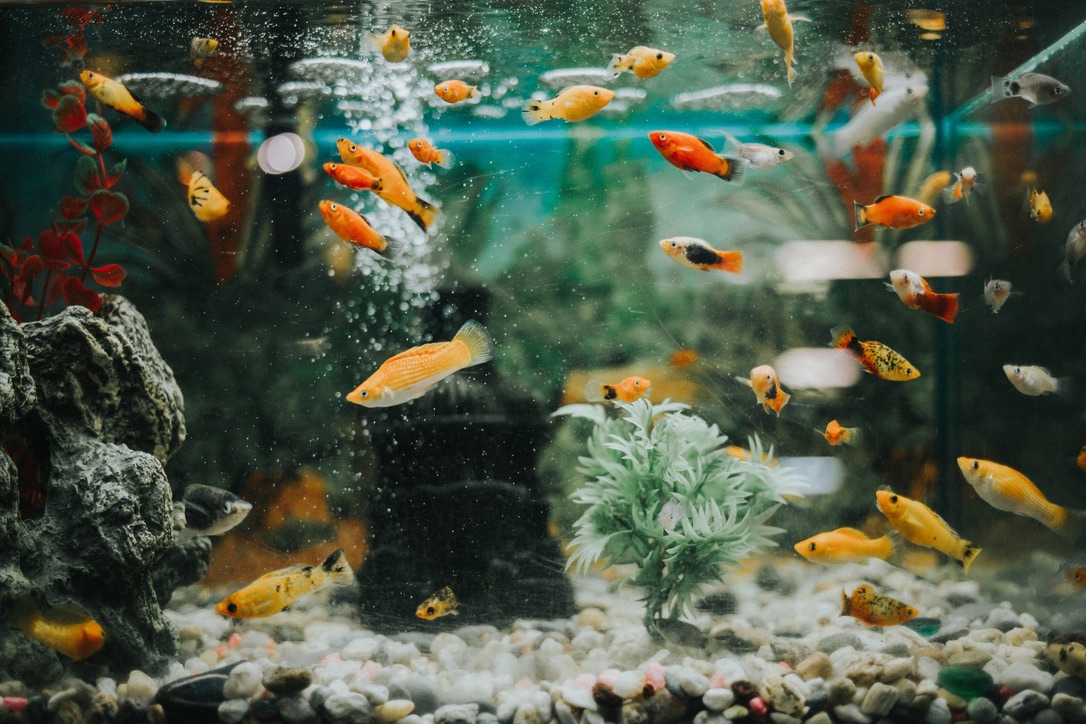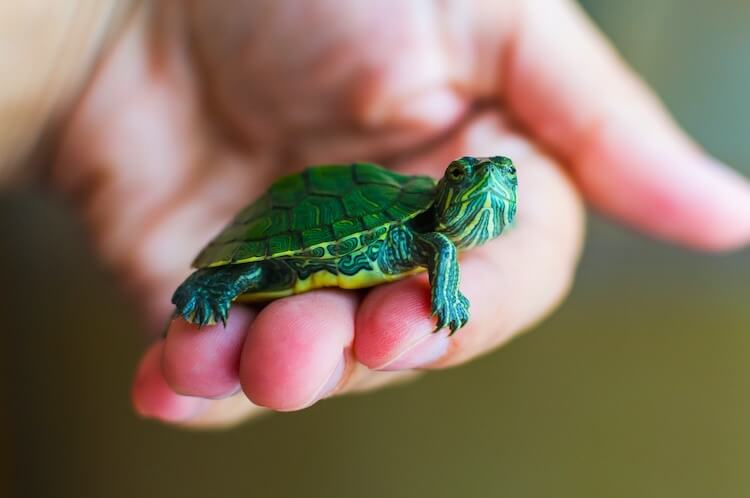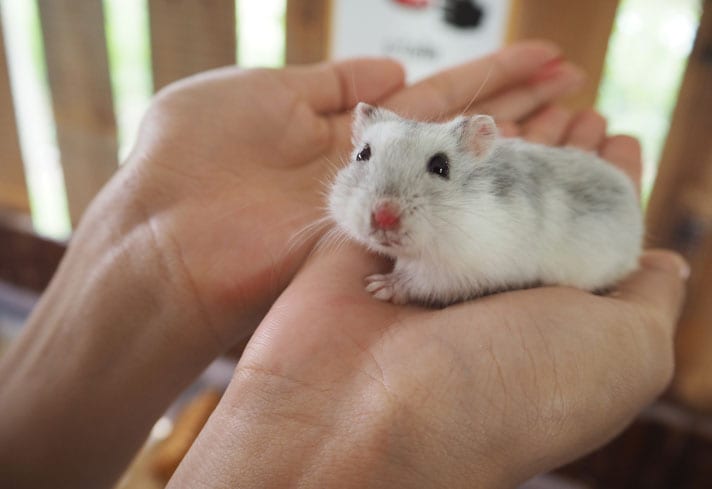 If pets are a part of your family, remember that moving, whether down the block or across the country, is just as stressful for them as it is for you. But this stress can be greatly reduced with good planning. Here are some suggestions on how to minimize the stress of moving with pets.
If pets are a part of your family, remember that moving, whether down the block or across the country, is just as stressful for them as it is for you. But this stress can be greatly reduced with good planning. Here are some suggestions on how to minimize the stress of moving with pets.
Keep your pets’ routines as regular as possible as you prepare to move. If you normally feed, exercise or play with them at a certain time, continue to do so. During the final crunch of moving, you may find it works best to keep your pet either at a friend’s house or a kennel, reducing the chance of your pet getting upset and running away, or in the case of cats, hiding in a box about to be shipped.
Keep some form of identification on the pet at all times and be sure you have current pictures along with a written description available. This will reduce a lot of stress should your pet escape. If the length of the move requires the animal be provided with food and water, be sure the food is bland and easily digested and that the water comes from your home supply. Changing diet or water sources are common causes of diarrhea and vomiting from upset stomachs. If in doubt, check with your veterinarian for food recommendations.
Prior to moving, schedule a visit with your veterinarian for a thorough physical exam, making sure all vaccinations are current, especially the rabies vaccination. While at your veterinarian’s office, get copies of your pets’ records and check to see if he can recommend another veterinarian at your new location.
If your pet is on any medication be sure to have an ample supply so you won’t run out before getting settled in your new location. Also discuss with your veterinarian whether your pet should be tranquilized during the move. If so, get enough to try it out prior to the move to be sure the dosage works properly.
Since each state has different laws and regulations regarding the importation of animals and some counties and municipalities have their own ordinances, check with a veterinarian in the new area to be sure your pet complies. It is important to do this several weeks before your move to allow time for all paper work to be completed.
Temperature extremes should be avoided. In most cases, it’s best to transport your animal in a sturdy, insulated carrier to help regulate the changing temperature.
If you are transporting the pet by plane, try to book a direct flight to minimize the time the animal may be sitting outside the plane in inclement weather conditions. Some airlines provide counter-to-counter service so your pet will be carried on and off the plane by an airline employee. While this service costs a little more, it may be worth it for your peace of mind.
 Cats: Cats are notorious for getting into trouble during the moving process since they are particularly sensitive to stress. Moving triggers stress in cats because they don’t like novelty or unpredictability and they don’t like to be out of control. When you move, you have a high degree of all three, at least until things settle down.
Cats: Cats are notorious for getting into trouble during the moving process since they are particularly sensitive to stress. Moving triggers stress in cats because they don’t like novelty or unpredictability and they don’t like to be out of control. When you move, you have a high degree of all three, at least until things settle down.
For these reasons it is particularly important to maintain your cat’s normal routine. During the move itself, keep your cat confined to one room with food, water, a litter pan, some favorite toys, and the carrier you plan to use so your cat can get used to it. The door should be locked or have a large sign on it, so the movers won’t inadvertently let the cat out.
Transport your cat in a well constructed cat carrier large enough to have room for food, water and a small litter box. Upon arrival at your destination, place the cat and carrier in one secure room with at least two doors between the cat and the outside. Open the door of the carrier and let the cat decide when to come out. Allow your cat to become acclimated to the one room before releasing him to the rest of the house. If the cat scurries for cover when you open the door, wait a day or two longer, then try again. Let the cat explore other rooms of the house when it meets you at the door.
If your cat is accustomed to going outdoors, wait several days after arriving at your new home before letting the cat out, placing him on a leash or harness for short exploratory trips. After 2 or 3 days of these trips, you can begin to let your cat out on its own.
 Dogs: Dogs are generally easier to move than cats since they aren’t as affected by the stress.
Dogs: Dogs are generally easier to move than cats since they aren’t as affected by the stress.
If you have a small dog and plan on flying to your new home, he may be able to fly with you in the passenger compartment. Check with the airlines. If you are transporting a larger dog by plane, try to book a direct flight and have someone scheduled to pick up your dog at the other end.
If driving and planning to stop overnight enroute to your new home, be sure to call ahead to find a hotel that accepts pets.
 Birds: Birds need a health certificate to enter most states and depending on the species may be required to have tests done for certain diseases. Since these regulations can change, it is important that your present veterinarian verify these requirements well in advance of your moving.
Birds: Birds need a health certificate to enter most states and depending on the species may be required to have tests done for certain diseases. Since these regulations can change, it is important that your present veterinarian verify these requirements well in advance of your moving.
If you will be taking your bird in the car, maintain a warm, constant temperature since birds are particularly sensitive to temperature changes. It is possible to carry the bird in its cage as long as you have a cover for it to prevent drafts and keep the bird in a darkened setting to reduce the bird’s anxiety. If you have an excitable bird, it may be necessary to cushion the cage or crate with a soft material to reduce self-inflicted trauma.
Place slices of apple, grapes or other fruit in the cage to supplement the bird’s water supply and be sure they have adequate places to perch.
 Fish: If you have a small number of fish and are moving only a short distance, you can move them to their new location by using plastic bags half filled with water and the other half with air. Place the bags in an insulated container such as an ice chest or Styrofoam container to help maintain a steady temperature.
Fish: If you have a small number of fish and are moving only a short distance, you can move them to their new location by using plastic bags half filled with water and the other half with air. Place the bags in an insulated container such as an ice chest or Styrofoam container to help maintain a steady temperature.
For a larger number of fish or for transporting over a greater distance, 5 to 10-gallon plastic containers can be used. First, fill them with water (either salt or fresh water, depending on the type of fish) and change the water often to remove any toxins that might leach from the plastic. On moving day fill the containers half full with water and place the fish in the water, about 1-2 fish per gallon.
If your trip is going to take more than a couple of days, it’s best to invest in some portable aerators to keep the water well oxygenated. Do not keep the containers in the car overnight since the drop in temperature is likely to be too severe.
 Reptiles: If you are going to ship a venomous snake, it must be placed inside two sturdy boxes or a box inside a wooden crate. With non-venomous ones only one box is needed. Be sure the containers are well insulated and contain air holes for ventilation and are clearly marked with both the common and scientific name of the species.
Reptiles: If you are going to ship a venomous snake, it must be placed inside two sturdy boxes or a box inside a wooden crate. With non-venomous ones only one box is needed. Be sure the containers are well insulated and contain air holes for ventilation and are clearly marked with both the common and scientific name of the species.
If you are transporting your snake in your car, be sure not to leave it in the car overnight. Take it into the hotel room (be sure they allow pets), and let it soak for about an hour in the tub. (You will have to take turns.)
The easiest pet to move is a turtle, which can be overnight expressed in a well cushioned, insulated box with air holes. Be sure to write “Fragile, Live Cargo” and “this side up” on the outside of the box to increase the chances of a softer ride. You can also place leaves or grass inside the container for added cushion and to give the box a more homey environment.
Remember to keep the surroundings of all reptiles moist but not wet. Dampening a cloth and placing it inside the container is the best approach.
Since there are some governmental regulations regarding the shipment of reptiles, always check first.
 Small Mammals: The best way to move small mammals such as mice, gerbils, guinea pigs and hamsters are to keep them in the car with you and in their normal container. Take their water bottle out to avoid it leaking and soaking the bedding. At rest stops, check the animal and place the bottle back in the cage so it can drink.
Small Mammals: The best way to move small mammals such as mice, gerbils, guinea pigs and hamsters are to keep them in the car with you and in their normal container. Take their water bottle out to avoid it leaking and soaking the bedding. At rest stops, check the animal and place the bottle back in the cage so it can drink.
Be sure to maintain a comfortable, steady temperature even if it means parking your car away from the rest rooms to get it under the shade of a tree. These little critters are comfortable at about the same temperatures people are so if you are cold or hot, they are too.

